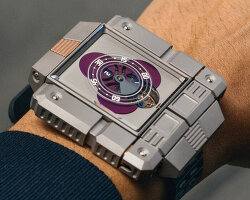researchers from osaka university in japan have designed and built an eerie robot with the face of a small child can make realistic-looking facial expressions. named affetto, creepy footage of the child robot shoes the android with just a head and no body, mimicking human expressions like smiling and frowning.
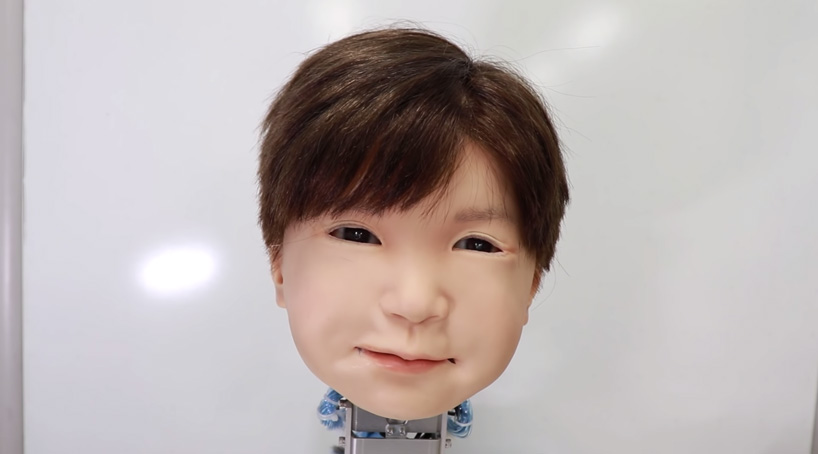
all images via youtube
affetto has flesh-coloured skin on its face, and can mimic a range of human expressions with incredible accuracy. researchers say it could open the door for androids to have ‘deeper interactions with humans’. the android’s first-generation model was released in a study in 2011. since then the team at osaka university worked out how to make the second version more expressive. the robot can subtly lower or raise part of its lip or eyelids to create certain expressions.
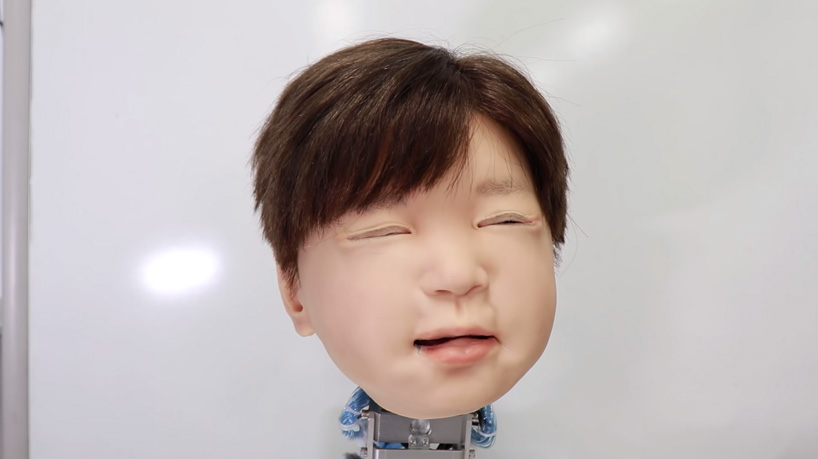
‘surface deformations are a key issue in controlling android faces,’ dr minoru asada, the co-author of the study, said. ‘movements of their soft facial skin creates instability, and this is a big hardware problem we grapple with. we sought a better way to measure and control it.’
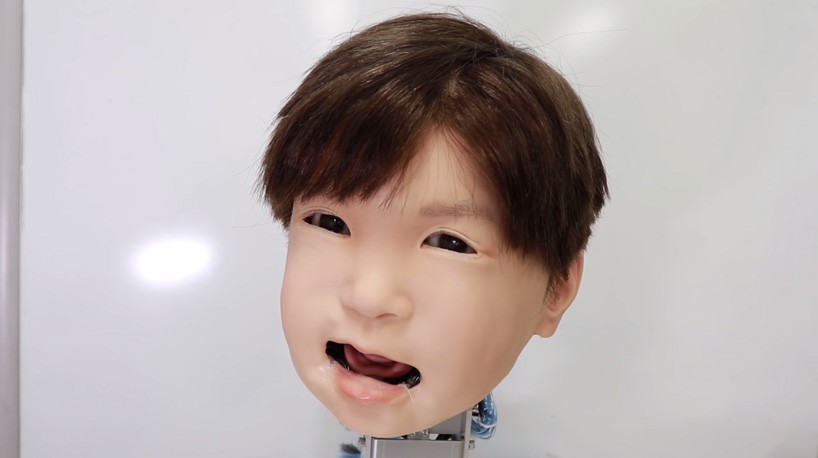
to create affetto researchers identified 116 different facial points, and analysed the mechanisms needed to create distinctive facial expressions. the team faced a series of challenges owing to factors such as the range and asymmetry of natural human facial movements, the restrictions of materials used in android skin, and the intricate engineering and mathematics driving robots’ movements.
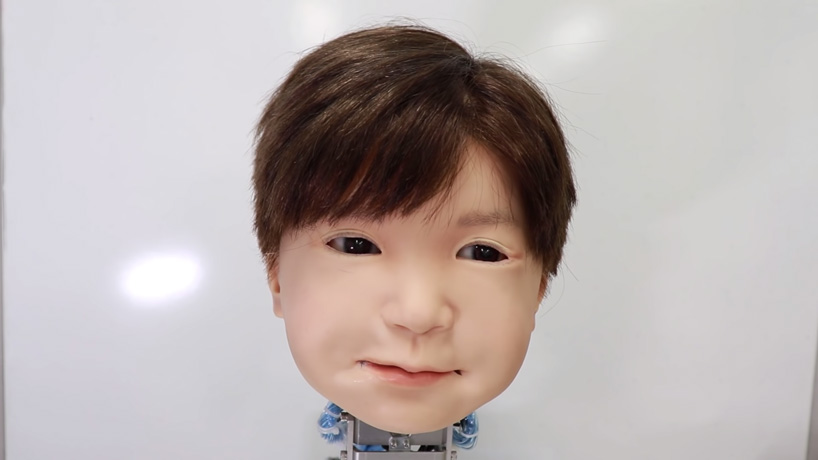
‘our precise findings will let us effectively control android facial movements to introduce more nuanced expressions, such as smiling and frowning,‘ says dr hishari ishihara, the first author of the study. ‘android robot faces have persisted in being a black box problem: they have been implemented but have only been judged in vague and general terms.’






